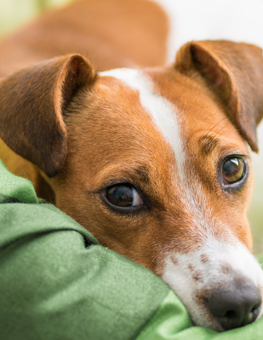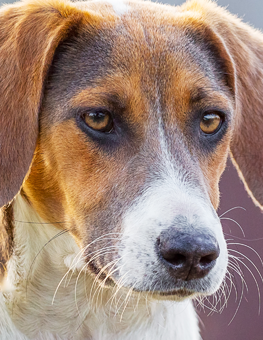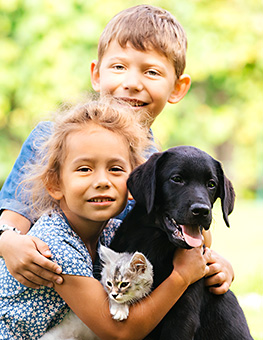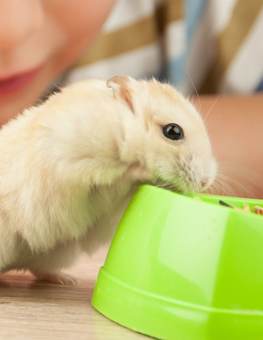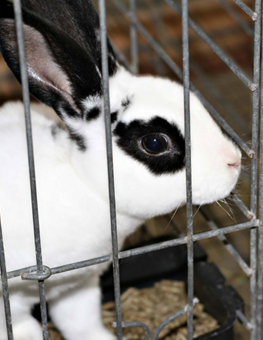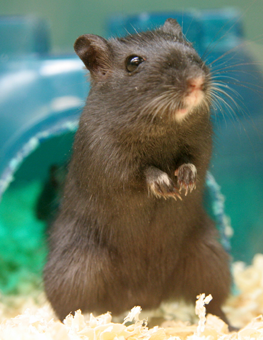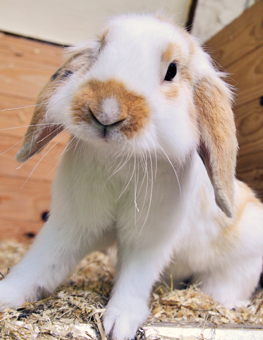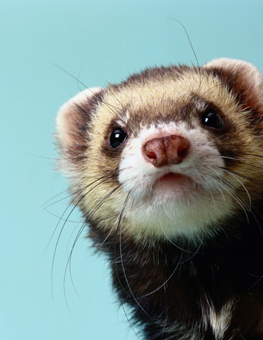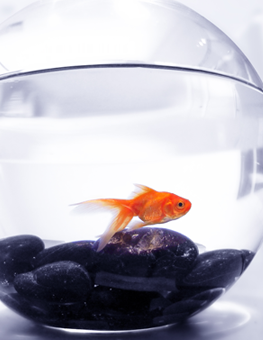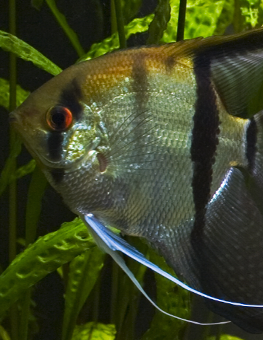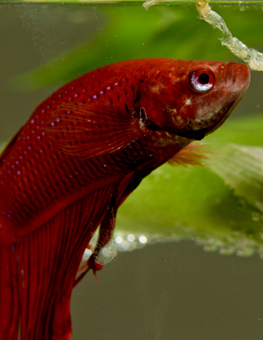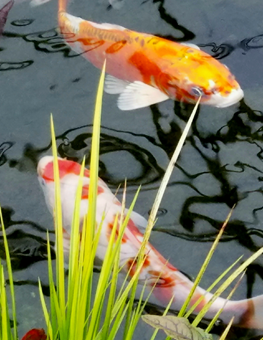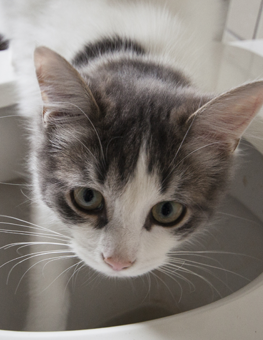Understanding Your Pet Guinea Pig: A Guide to Behavioral Patterns
Pet guinea pigs are active, inquisitive animals that can make great companions. Understanding what their behavior means will help you build a closer relationship with your furry friend.
Guinea pigs are naturally social creatures, and exhibit a wide range of behavioral expressions. If you can learn to interpret these behaviors, it will make for a much better relationship with your pet. Here’s a guide for some of the behavioral patterns your guinea pig may exhibit:
- Vocal Communication: Though pet guinea pigs seem like quiet creatures, they use noises quite often to express themselves. Understanding these is the key to understanding your critter companion. Here are some examples:
- Whistling: Guinea pigs will often let out a high pitched squeal or whistle, and this noise means your furry friend is excited, perhaps about feeding time or playtime.
-
Purring: Another guinea pig sound is the purr, which may make your guinea pig seem more like a cat. These purrs can have different meanings. A deep, relaxed one means your guinea pig is content, while a higher pitched one is more likely a sound of annoyance. A shorter sounding, apprehensive purr may mean fear. Alternately, fear can be signaled by a high-pitched squeak or shriek.Hartz® Salt & Mineral Wheels
- Hissing: This sound may also sound like chattering teeth and is a sign that your pet guinea pig is angry or aggressive. It is often accompanied by bared teeth.
- Chirping: One strange guinea pig sound you may observe is a chirping noise, often made when your guinea pig is in a trance-like state. This mysterious behavior is not fully understood, but is more often seen in guinea pigs that have recently lost a partner.
- Physical Communication: Pet guinea pigs also express themselves using non-verbal communication. Being able to interpret this behavior can help you understand more about your guinea pig.
-
Signs of happiness/ friendliness: If your guinea pig is pleased with you, he will find ways to express this in body language. A common sign of happiness is rapid hopping up and down, similar to popcorn popping. Another sign of friendliness is rubbing noses, which guinea pigs will often do with each other. Licking is another friendly signal.litter_accessories_362x582
- Signs of anxiety/aggression: Likewise, if your guinea pig is scared or unhappy with you, he will find ways to show this. Freezing, fidgeting, or throwing his head up in the air, means he is scared or uncomfortable. Teeth baring and hissing, hair fluffing, and strutting often are signs of aggression.
- Socializing: As mentioned before, guinea pigs are very social creatures, and for this reason thrive more with other guinea pigs around. They enjoy playing and interacting with each other. Therefore, if you have a single guinea pig, it’s more important that you spend time with him. Socializing and playtime are important parts of a guinea pig’s life, and if neglected, it could lead to stress or depression.
- Signs of Stress and Depression: If your guinea pig is feeling stressed or depressed, his behavior will reflect this. Normally, a stressed guinea pig will show signs of irritability and more aggressive displays of behavior, such as head tossing, fidgeting, or teeth-baring. A depressed guinea pig, on the other hand, will become very listless and not display much energy. You may want to consult a veterinarian if your guinea pig is acting in either of these manners.




